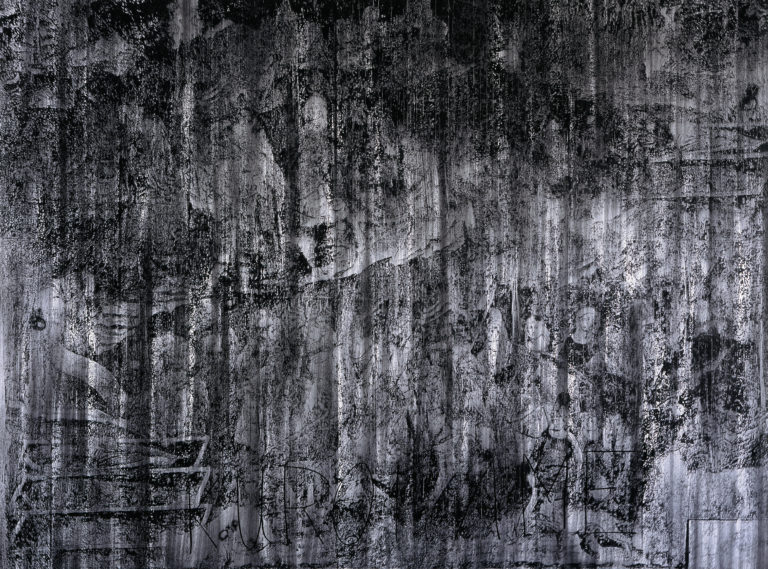Bibliography
Hartwig Fischer (ed.), Louis Soutter (1871-1942), exh. cat. Basel, Kunstmuseum Basel, Lausanne, Musée cantonal des Beaux-Arts, Lausanne, Collection de l’art brut, Ostfildern-Ruit, Hatje Cantz Verlag, 2002: n. 170.
Michel Thévoz, Louis Soutter. Catalogue de l’œuvre, Lausanne, Éditions L’Âge d’Homme, Zürich, Institut suisse pour l’étude de l’art, 1976: n. 2636.




Two frantic figures cross the space from right to left, parallel to the picture plane, beating a repetitive rhythm with their feet while their waving arms sweep their bodies along in an elemental dance. The melody of the music that leads them on seems repetitive, its tempo unvarying and its theme as insistent as that of Maurice Ravel’s Boléro. We seem to be watching a ritual celebrating the union of man and the cosmos, a rite of spring or summer solstice celebration. Plunged into a trance, the dancers appear to have reached an apotheosis in which their gyrations have become synchronised with those of the planets that we see orbiting around their suns.
Souplesse is one of Louis Soutter’s best-known works. In addition to black, which he uses here to shape his large silhouettes running over the white of the paper, in the final stages of his life, the artist made frequent use of colour, especially yellow, red and blue, and sometimes, as here, also green and orange. These lively hues link the forms already painted in black, consolidate them by surrounding them with a line and, above all, situate them in space.
Tragic subjects (crime, abortion, crucifixion) abound in the work Soutter produced after his internment in Ballaigues. Echoing his own situation, they relate the adventure of a humanity driven out of paradise, moving forward in the dark, weighed down with guilt, driven towards nothingness by some morbid instinct. But there are also drawings and paintings that, like Souplesse, almost euphorically express the nostalgia for a lost Eden. Men dance and play here, break free of the contingencies of historical time, in harmony with nature and the cosmos. A society takes shape, passing through the world but not damaging or marking it. A people living away from our gaze, its presence betrayed only by the shadows cast on the great screen of the universe.